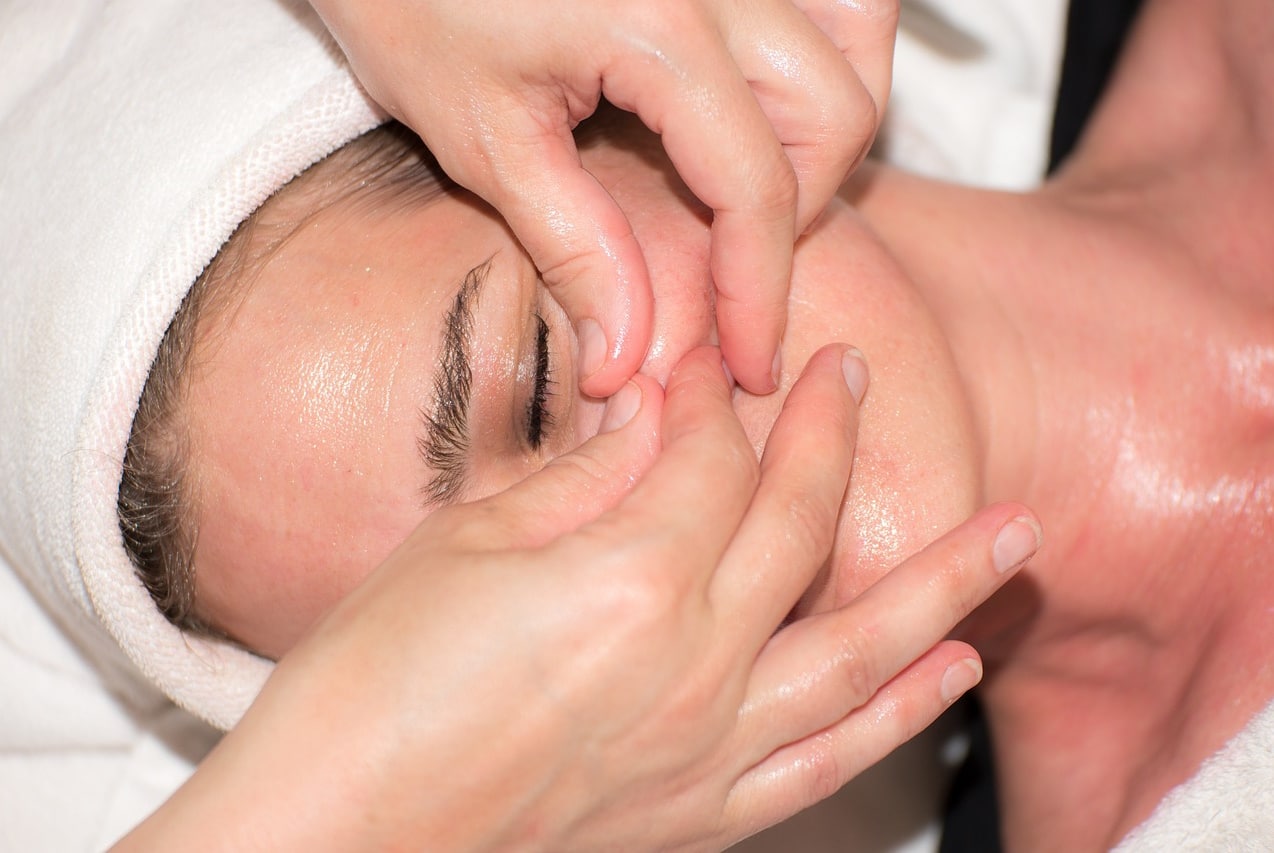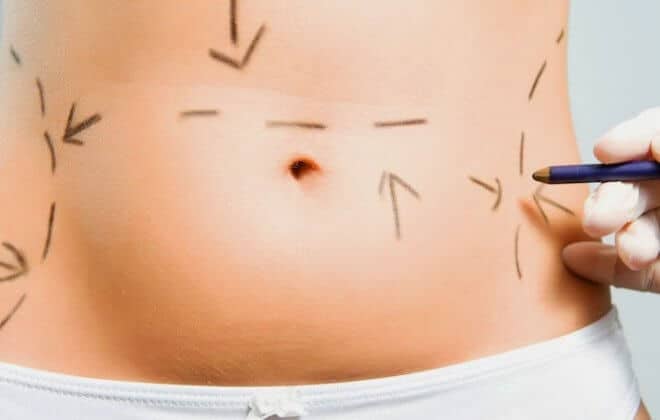If you are looking for less fat and tighter skin call us now
Which is better HIFU fractional RF or laser Sydney
HIFU, fractionated RF and laser are all popular non-invasive cosmetic procedures that are designed to improve the appearance of the skin. Each of these procedures uses different technologies to achieve the desired outcomes. In this response, we will discuss the differences between these procedures and which one might be the best option for you.
Contact us for a complimentary consultation, book here or call us.
High-Intensity Focused Ultrasound (HIFU)
It is a non-intrusive option that uses ultrasound waves to penetrate the skin's deeper layers, causing thermal coagulation points that stimulate collagen production. The increase in skin tightening and an improvement in skin elasticity. it is primarily used to treat sagging, wrinkles, and lines. It is generally painless and has minimal downtime.
Radiofrequency (RF)
RF is a non-invasive that uses radiofrequency waves to create thermal injury points in the skin. These injury points stimulate elastin, resulting in skin tightening, and reduction in lines, and acne scars. RF is a versatile treatment that can be used to treat a wide range of skin concerns. It is generally painless and has minimal downtime.
Laser
It is a non-invasive that uses a laser to create tiny, controlled injuries in the skin's deeper, stimulating collagen. This skin rejuvenation, tightening, and improvement in texture. it is mainly used to treat acne scars, lines, and sun damage. It can be painful, and there may be redness and swelling after the treatment, which can take a few days to subside.
Which is better?
The choice between them depends on your skin concerns and the desired outcomes. Each one has its own benefits and drawbacks.
HIFU is best for individuals with mild to moderate skin laxity, sagging skin, fine lines, and wrinkles. It is ideal for those who do not want to undergo invasive procedures and have minimal downtime.
RF is best for individuals with mild to moderate skin laxity, lines, and acne scars. It is a versatile treatment that can be used on different skin types and has minimal downtime.
Laser is best for individuals with acne scars, sun damage, and lines. It is a more aggressive treatment that can deliver more significant outcomes but has a longer downtime and can be more uncomfortable than HIFU and RF.
In conclusion
the best procedure for you depends on your individual skin concerns and desired outcomes. It is recommended to consult with us to determine the best procedure for your skin type and goals.
Why is HIFU better?
Before delving into why it is superior, it is important to understand how each of these treatments works and the benefits they offer.
RF and Laser are both non-invasive skin resurfacing options that use heat to stimulate, reduce the appearance of fine lines, and improve skin texture. Fractionated RF devices use radiofrequency waves to create heat that penetrates the skin and stimulates it. Laser devices, on the other hand, use lasers to create heat that penetrates the skin and stimulates it.
While both treatments are effective, they come with some downsides. RF is typically more painful than laser and may require multiple sessions for optimal outcomes. Laser treatments, while generally safe, can cause burns, scarring, and hyperpigmentation if not performed by a qualified professional.
On the other hand, uses ultrasound technology to deliver focused energy deep into the skin to stimulate and tighten the skin. it is unique in that it can target specific deeps of the skin, including the SMAS layer, which is typically targeted in surgical facelifts. By targeting this layer, It can provide results that are similar to those from surgery, without the need for incisions, anaesthesia, or downtime.
So, why is it better than RF or lasers? Here are some reasons:
- Targeted treatment: It can deliver to specific depths in the skin, making it possible to target the SMAS layer and achieve outcomes similar to those of a surgical facelift. Other options are less targeted and can only penetrate to a certain depth, limiting their effectiveness.
- Nonintrusive treatment: it is a non-intrusive treatment that does not require incisions or anaesthesia, making it a safer and less risky option than surgery. These are also non-intrusive, but they can still cause burns, scarring, and hyperpigmentation if not performed properly.
- Quick treatment: It can produce outcomes in just one session, while other options typically require multiple sessions for optimal outcomes. It can also produce more dramatic outcomes., making it a more effective option for those with significant signs of aging.
- Minimal Side Effects: It has minimal side effects, with most patients experiencing only mild redness or swelling that resolves within a few hours. Other options can cause more significant side effects, such as burns, scarring, and hyperpigmentation, which can take weeks or even months to heal.
- Long-Lasting treatment: It can produce lasting with many patients experiencing ones that last up to 18 months. Other options, on the other hand, typically require maintenance treatments to maintain them.
In conclusion, while fractionated treatments can be effective in reducing the signs of aging and improving skin texture, HIFU stands out as the most effective treatment in terms of results and safety. HIFU offers targeted treatment, quick results, minimal side effects, and lasting results, making it a superior option for those looking to achieve a more youthful appearance without the risks associated with surgery.
Other options
- skin tightening radio frequency ultrasound energy body
- radio frequency tightening treatment layers of the skin conditions
- therapy areas body neck area or areas
What we don't do
- anti-wrinkle dermal fillers
Related Posts
 Australian Newsagency Blog
Australian Newsagency Blog
- Inspiring retail: The Hub General Store, Collingwood, Victoria April 30, 2024
- Local retail management advice: How to partner with local community groups to win new shoppers, increase sales and support your local community April 29, 2024
- Retail transformation: Wattle Bee Next Mount Morgan QLD April 27, 2024
- Mrs Red & Sons at 427 Crown St Surry Hills is one of the most wonderful retail experiences I have ever had and here’s why April 25, 2024
- Some airport shops are a rip-off, like the shop in Brisbane selling a bag of Smarties for $8.99 April 23, 2024
 Crikey
Crikey
- Gaza is the worst of it, but across the world, journalism is under unprecedented assault. May 1, 2024
- National security bureaucrats extend their grip deeper into the economy May 1, 2024
- University Gaza protests ‘spread like wildfire’ despite lashing rain May 1, 2024
- Albo’s changing tune, and are you accidentally running for president of Iceland? May 1, 2024
- Foxtel’s Hubbl burst by security breach in ‘credential stuffing’ attack May 1, 2024





